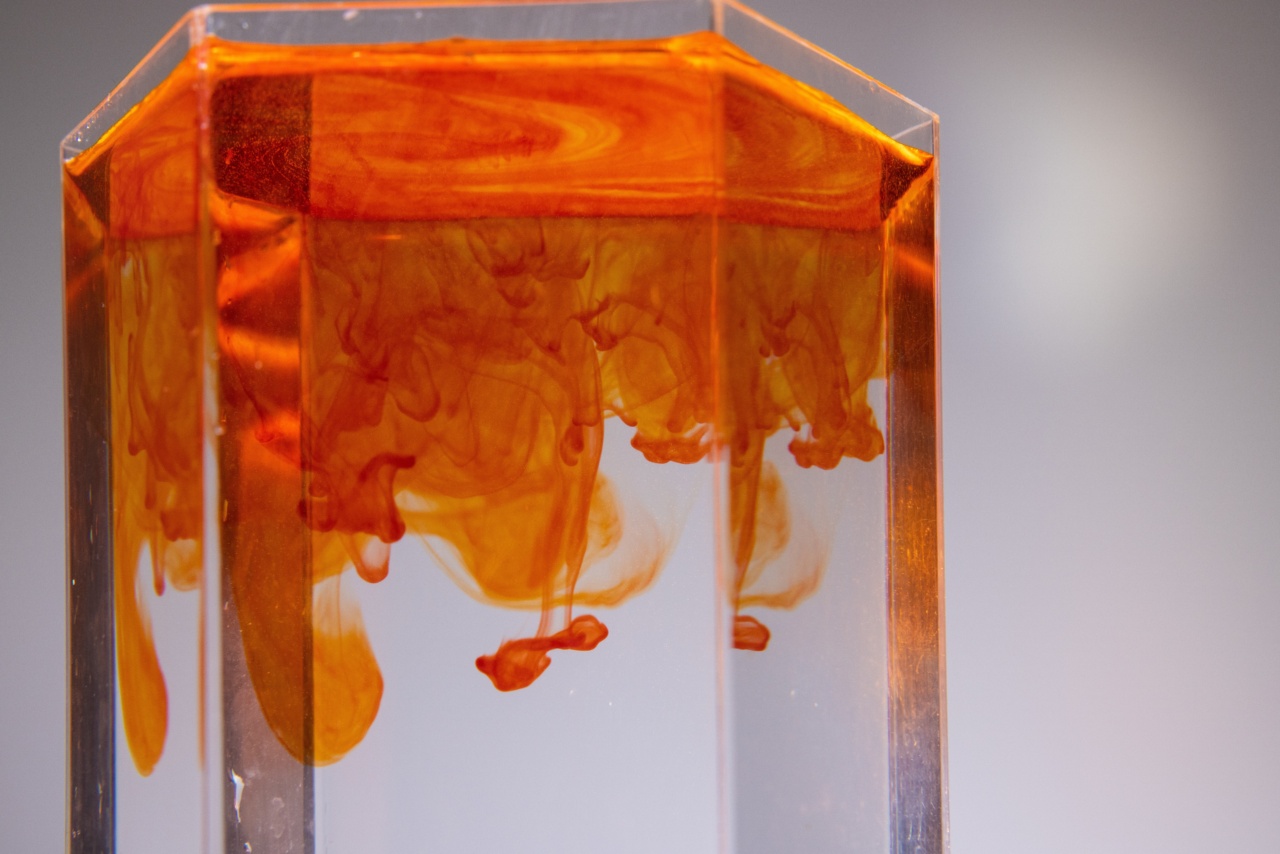It is unsettling when you discover a new spot on your skin. Is it a benign olive, or a malignant lesion? It’s difficult to tell, and one shouldn’t guess when it comes to their health.
A dermatologist or health practitioner’s opinion is necessary, but it’s also important to educate oneself about what to look for. In this article, we will examine what distinguishes a benign olive from a malignant lesion and how to spot the contrast.
What is a Skin Lesion?
A skin lesion is an abnormal area or patch of skin that is different from the surrounding healthy skin. Skin lesions can present themselves in various shapes, sizes, and colors. They can be raised, flat, scaly, itchy, or painful.
A skin lesion can also be benign or malignant. A benign lesion is non-cancerous, while a malignant lesion is cancerous. If a lesion appears suddenly or begins to change in shape, color, or size, it’s important to have it checked by a dermatologist.
What is a Benign Olive?
A benign olive, sometimes referred to as a dermatofibroma, is a type of benign skin growth. A benign olive most often appears as a small, raised bump and can be pink, brown, red, or black.
They can appear anywhere on the body, but are more common on the legs. The cause of benign olives is unknown, but they are not considered harmful. Sometimes they can itch or be tender to the touch, but usually, they go unnoticed.
What is a Malignant Lesion?
A malignant lesion, on the other hand, is cancerous. Melanoma is the most serious type of skin cancer, and it typically presents itself in the form of a mole. A malignant lesion can be itchy, painful, or bleed unexpectedly.
If left untreated, the cancer cells can spread to other parts of the body, making it more difficult to treat. Early detection and treatment of malignant lesions are crucial to preventing the spread of cancerous cells.
Spot the Contrast: How to Tell the Difference
When trying to identify a benign olive versus a malignant lesion, there are a few things to look for. A benign olive is typically small, round, and firm in texture. They often appear as a single bump.
On the other hand, a malignant lesion, such as melanoma, can be asymmetrical and come in different shapes. Skin cancer can also appear in clusters or have irregular borders. If there is more than one bump or mole, it should be examined by a professional.
A benign olive usually has a uniform color and can be red, brown, pink, or black. A malignant lesion can change in color and be a blend of different colors like black, brown, red, or white.
If the color of a lesion is uneven or changes over time, a dermatologist needs to be seen urgently.
Another thing to look for is whether the lesion is flat or raised. A benign olive may be slightly raised and firm to the touch, while a malignant lesion can be raised or flat and may have an ulcerated or scaly texture.
If the texture of the lesion is different from the surrounding skin, it may be an indication of a possible malignant lesion and must be investigated by a healthcare professional.
Finally, a benign olive is typically painless and goes unnoticed. Meanwhile, a malignant lesion can be itchy, painful, or bleed unexpectedly. If any of these symptoms occur, a dermatologist should see you as soon as possible.
Prevention is Key: Caring for Your Skin
The best way to avoid skin lesions or other skin problems is to protect your skin from the sun. Sun exposure, especially during the hottest time of day, between 10 am – 4 pm, can lead to skin damage, freckles, and sometimes skin cancer.
Experts recommend wearing protective clothing, like a hat and long-sleeved shirts, and a broad-spectrum sunscreen with at least 30 SPF. Sunscreen should be applied every two hours when outdoors, even in shady areas. If you’re going to be outside for an extended period, consider taking breaks in the shade or going indoors for a bit.
Conclusion
It is imperative to be proactive about your skin health. If you see any changes in your skin, contact a healthcare professional.
A benign olive, while generally harmless, can be confused with a malignant lesion like melanoma, which, if left untreated, can spread throughout the body. By knowing what to look for, you can assist in early detection and improve your chances of effective treatment. Prevention is also key.
Protecting your skin from the sun’s harmful rays through proper clothing and sunscreen application will help you maintain healthy skin for years to come.




























